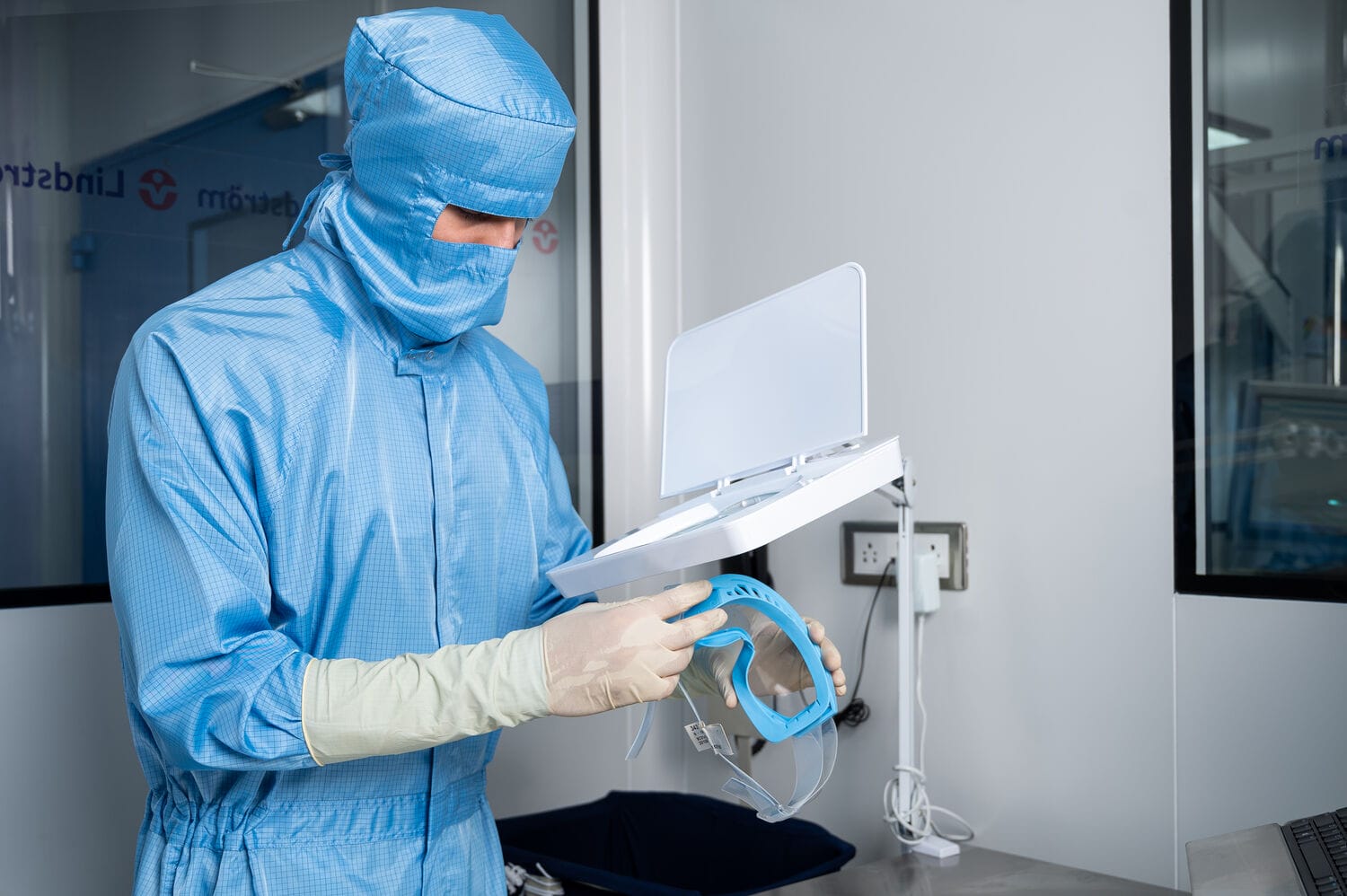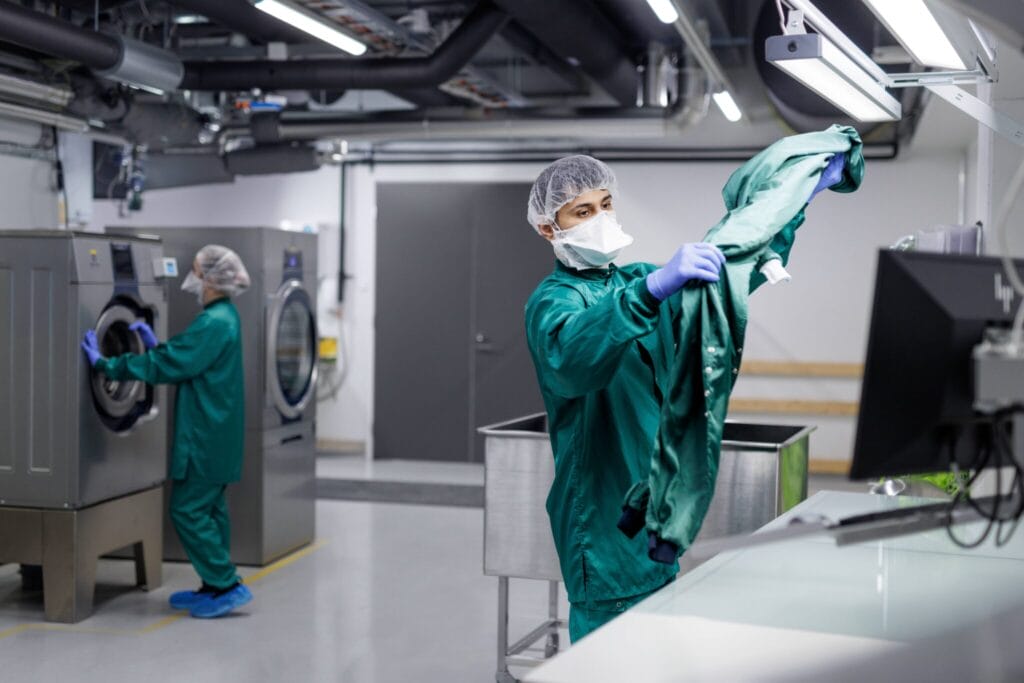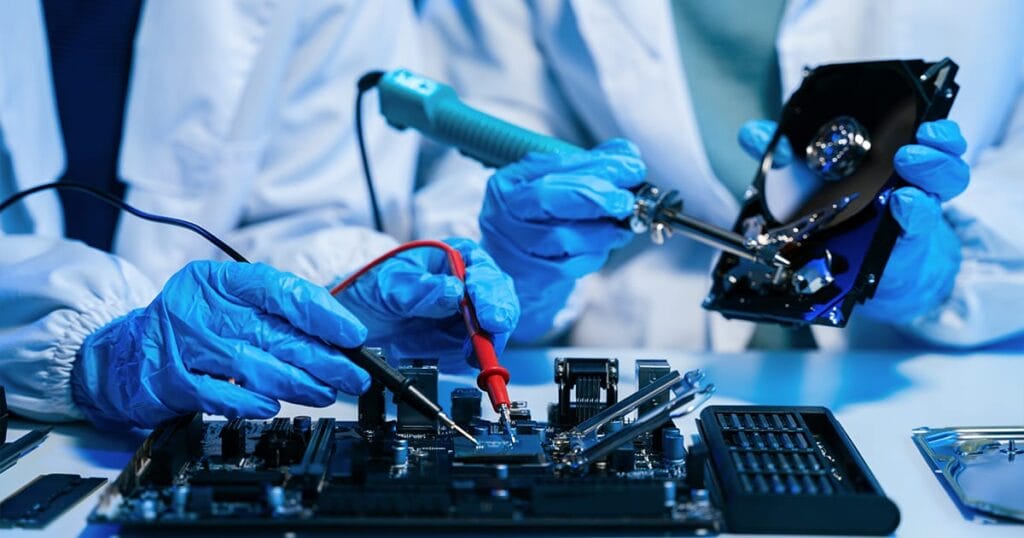
Improving lifespan and effectiveness of pharma cleanroom garments
Pharma uniforms are crucial, especially in reducing the transfer of microbial carriers (MCPs) from cleanroom personnel to the cleanroom. Antibiotic-resistant S. aureus has been shown to be present on some types of clothing for days, highlighting the importance of these garments regardless of whether they are of single-use or reusable type.
Many of these garments are designed for only one usage, and hence, they are disposed of after the first wear, as is seen with many single-use nursing uniforms. Old anti-contamination clothing that does not lose its control attributes after several cleaning processes, in the case of reusable garments, is subjected to intensive cleansing protocols.
Countless methodologies have now been applied in clean garment assessment and all except towards degradation and impact administration suffered no damages from advanced readily fabrics in such evaluations. This research is an outgrowth of this work, and the present study explores innovative materials that are expected to improve useful life without compromising the efficiency of the controls for surface contamination.
Essential requirements for pharma uniforms
Many obstacles, however, must be fulfilled for a cleanroom surgical scrub to be effective for pharmaceutical use. Some of these requirements include:
- Resistant to several decontaminating cycles
- Efficiency in filtration of particles
- Protection from microorganisms
- Ease of wearing
- Removal of static charge
- More details will be found in Table 1.
Table 1: Essential Requirements for Pharma Uniforms
| Requirement | Description |
| Durability | Resistance to decontamination wear |
| Filtration Efficiency | Ability to block particles and MCPs |
| Microbial Control | Limiting microbial transfer |
| Comfort & Fit | Ergonomic design for extended wear |
| Electrostatic Dissipation | Reduction of static charge |
Consideration for cleanroom garments designed for reuse
- Fabric Selection: The fabric choice is crucial for reusability and contamination control. The conventional system utilises cotton or polycotton fabrics, which are undesirable due to fleece. Thus, monofilament materials are recommended. Monofilament polyester is favoured and dries up quickly as it has continuous fibres and reduces fluffing. The pore dimension of the cleanroom garment must remain small so that particles do not pass through, and the size of a garment’s pores largely determines whether the garment can be utilised in the control of cleanroom contamination. It is unfortunately noted that a few monofilament fabrics still tend to possess large pores, which undermine the overall efficiency of such fabrics.
- Testing Methods: When reusable fabrics are used, stringent test methods must be conducted to ensure their reliability. It is common in most cases for brick manufacturers to hand out fabric specifications for ease of procurement. Eco-friendly disinfectants formulated to achieve effective contamination control are effective in accordance with the outlined test protocols. Such test methods are incorporated in the list appended in the table below and are appropriate in the observation of contamination control measures.
Table 2: Fabric Testing Methods
| Test | Purpose |
| Particle Filtration Efficiency | Measures ability to filter particles |
| Tensile Strength | Assesses fabric durability |
| Pore Size Measurement | Determines potential for particle transfer |
Assessment of fabric performance
In order to test the durability of reusable cleanroom fabrics, pharma uniforms made of highest quality monofilament polyester fabric (e.g JG type WF5505-JG) were taken. Garments were subjected to accelerated dehydration cycles and their contamination control features were closely tracked.
The methods applied in the performance assessments include visual inspections, electron microscopy, tests on particle dispersal, and analysis of the new findings showed that even up to 60 decontamination cycles, the garments helped to maintain the contamination control properties. Beyond this threshold degradation started to be marked.
Conclusion
Pharmaceutical uniforms and cleanroom garments that can be used multiple times are practically useful wherever pharmaceuticals are manufactured that require a controlled sterile environment. Such uniforms, following careful research and development and meeting the environmental requirements, can withstand numerous decontamination procedures while at the same time maintaining the required level of contamination control in critical cleanroom areas.
It is possible to improve the design of reusable cleanroom garments by testing them in a more advanced way and taking into consideration the particular requirements of pharmaceutical cleanrooms with respect to reusable garments. Such an improvement will increase the level of contamination control and the industry’s operational effectiveness.





